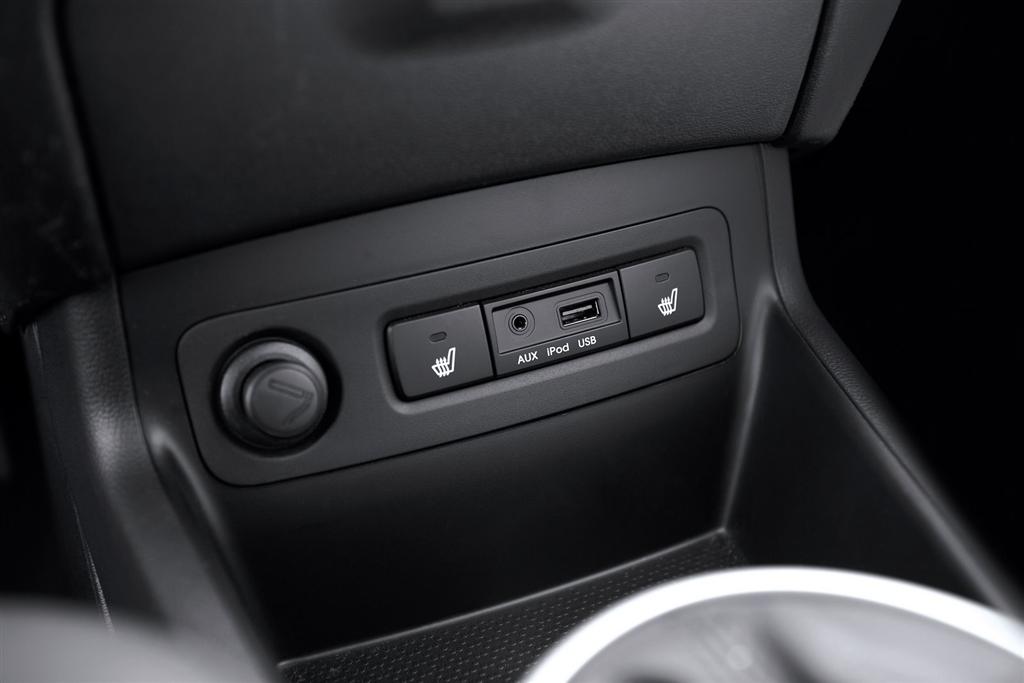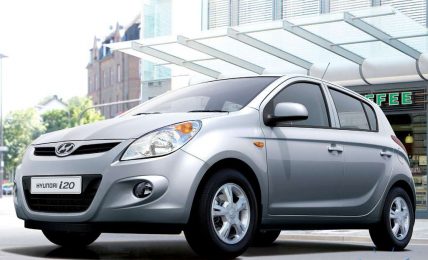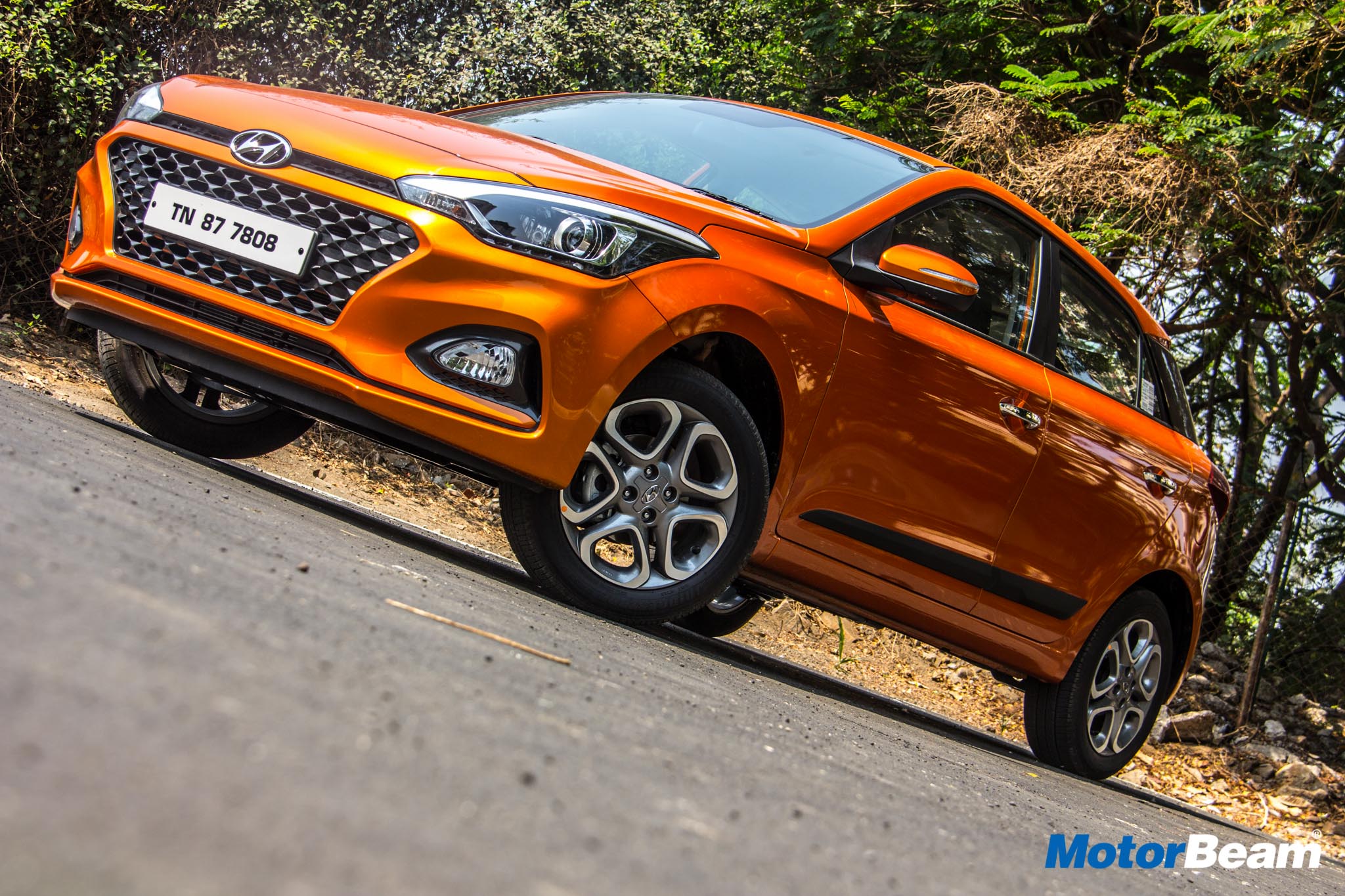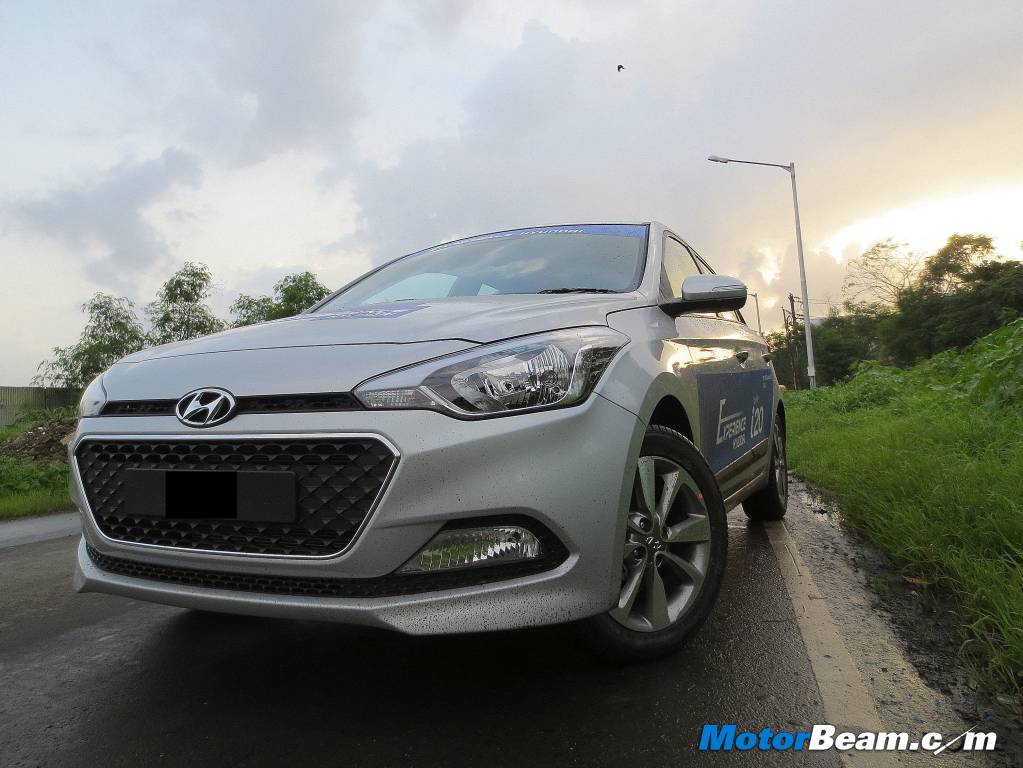
2015 Hyundai i20 Elite Review
Car Tested: 2015 Hyundai Elite i20
Price OTR Mumbai: Rs. 5.83 – 9.27 lakhs
The Elite i20 sees a significant leap in driving dynamics, it’s much more surefooted now
The most expensive hatchback in India to have found success is without doubt the Hyundai i20, a car which was launched in the domestic market way back in December 2008. The Korean automaker gave the vehicle a mid-life facelift in March 2012 and has now launched the second generation model in India. When Hyundai launched the i20 locally, it never expected it to sell so well but the way this model has picked up has made it one of the most important vehicles for the Korean company. In fact, the i20 is so important for the Indian market that Hyundai chose to make its public debut in India, just like it did with the second generation i10. Called the Elite i20, the second generation of this popular premium hatchback has a lot riding on it as the hype prior to the launch has been massive and expectation are very high too. We take a quick spin in the 2015 Hyundai i20 to tell you if it drives better than before.
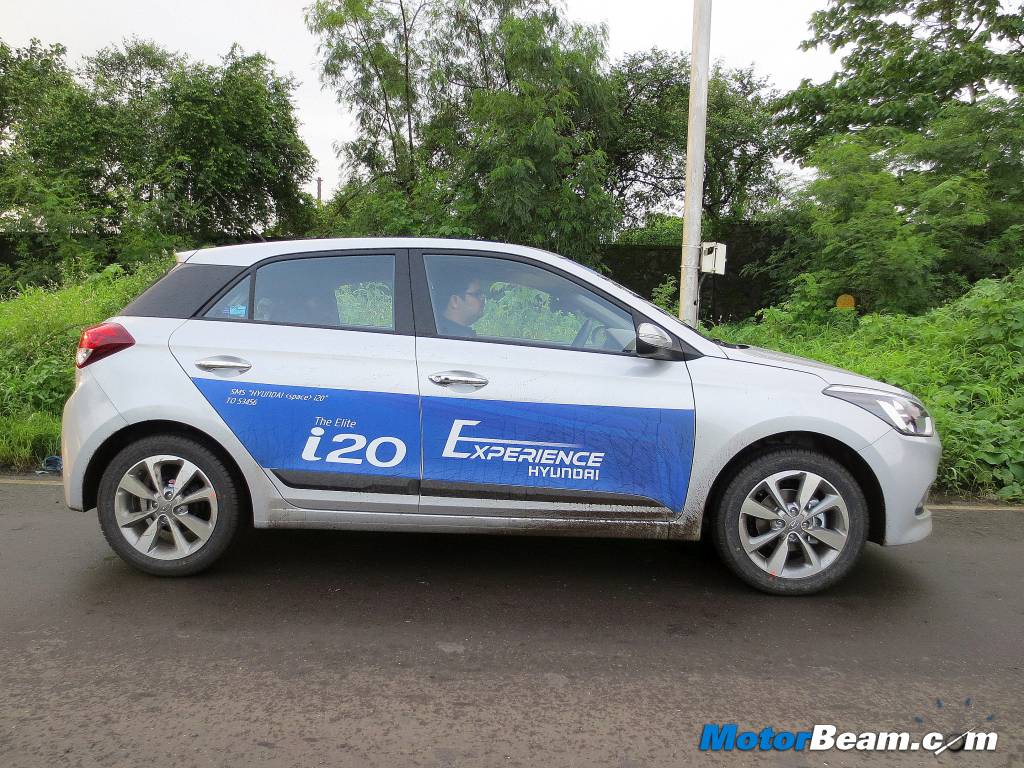
Exteriors – Styling is a subjective thing but the reactions to the design of the Elite i20 have been mixed. Some like it, some don’t. The car features the Fluidic Sculpture 2.0 which is a big departure from the previous design language of Hyundai although there is a hint of the old car at the front. While earlier it was all about flowing lines and curves, the new design language is a bit boxy with straight lines and sharply cut corners. The length of the car has decreased by 10 mm and it does look compact but there are many design highlights on the outside like the big grille on the front bumper, large sweeping headlights, blackened C-pillar, Veloster inspired tail lights and a large antenna placed at the rear which looks a bit out of place. Although called the ‘Elite i20’, there is absolutely no mention of Elite on the body of the car. The 16-inch wheels on our test car look really nice while many who haven’t found the vehicle very attractive will certainly find it better looking in person as it doesn’t look as good in pictures, as it does in real. The styling is sure to grow on you with time.
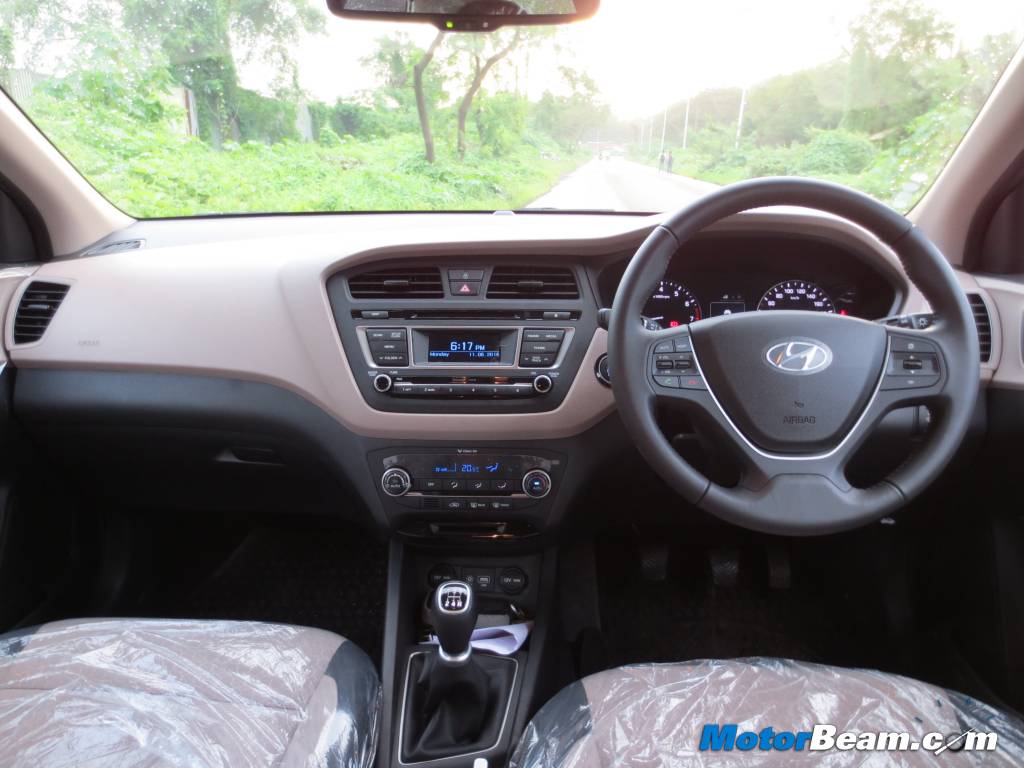
Interiors – The Hyundai Elite i20 gets all new interiors and the dashboard is quite appealing too with many flat surfaces. The dual tone black and beige combination works well to give that airy feel while quality inside the cabin is excellent, like always. We did a thorough analysis of the fit and finish and could not find a single fault in the build quality of the car, the doors too feel solid but not as solid as say a Fiat Punto or a Volkswagen Polo. The instrument cluster is easy to read on the go and gets a pleothra of data and there are quite a few storage bins inside the cabin too (like a card holder, sunglass holder, big door pockets, etc). Equipment is generous and there is so much on offer, right from an audio system with 1 GB internal storage to a rear AC vent, this is one loaded car. Other features include an automatic climate control system, automatic wiper, push button start with keyless go, rear parking sensors, reverse camera, etc. We would have loved it if Hyundai had given the Elite i20 daytime running lights, side airbags and a sunroof, even if as an option since the previous generation model had it. These features seem to be reserved for the mid-life facelift of the car.
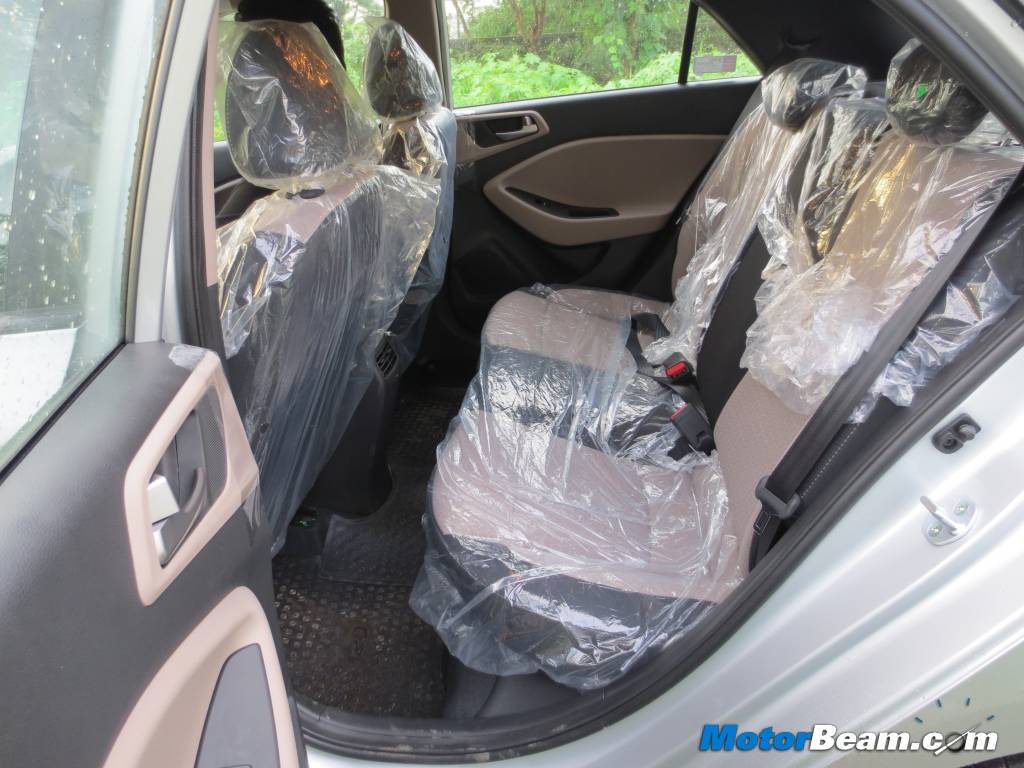
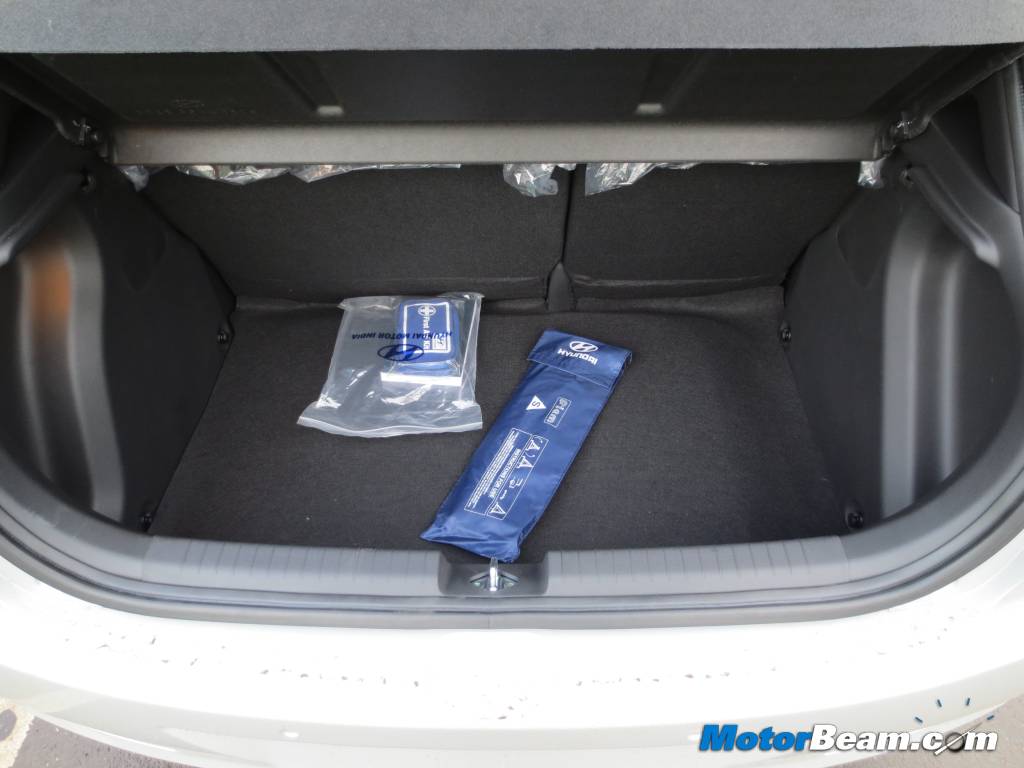
Rear seat has ample amount of room and the seats are very supportive, boot has seen a decrease in size by 10 mm
The door lock/unlock button is placed in the centre, right above the hazard button. While the Grand i10 has the engine start/stop button on the right, the Elite i20 has it on the left. On that front, the Grand i10 has bigger windows at the rear than the Elite i20 which makes it feel roomier than its elder sibling. In fact, the Grand i10 is as spacious as the Elite i20 as it has thinner seats with integrated headrests. The steering wheel is good to hold and has a plethora of buttons, the stalks for the wiper functions being well detailed too. The AC is no doubt a chiller and the seats are extremely supportive as well, yielding excellent back support.
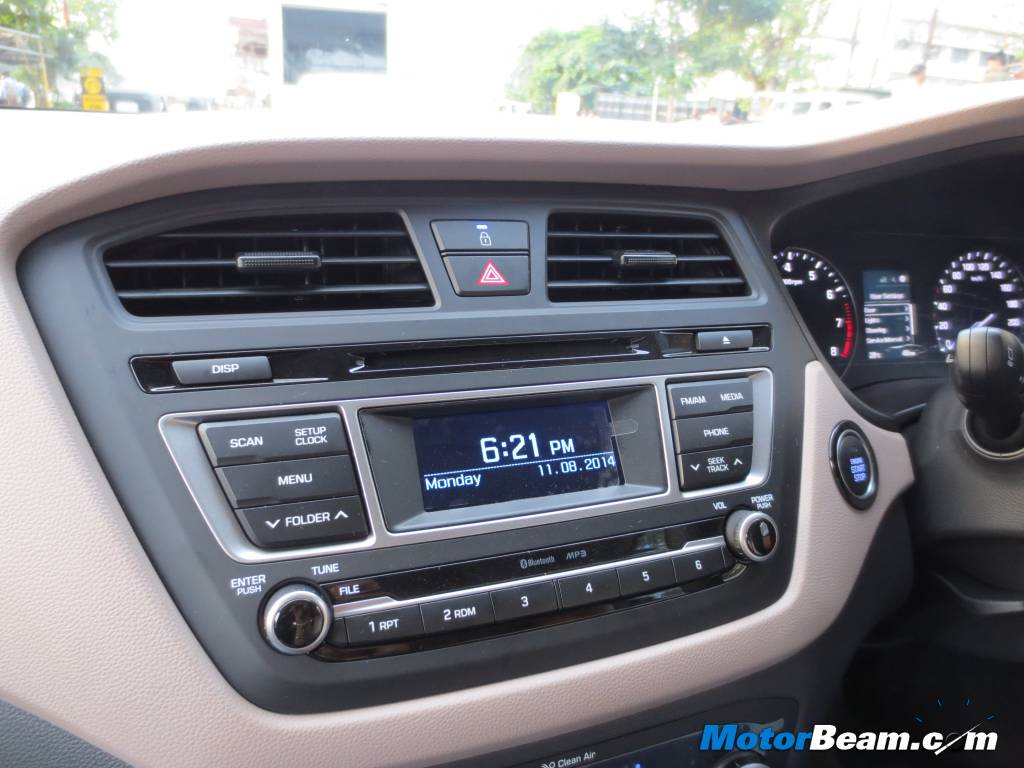
The Elite i20 gets a longer wheelbase which is 45 mm more than the old model. The old i20 was already good on rear seat space, the new one is even better. The rear doors open wide so stepping inside is a breeze and then there is ample room at the rear with headroom being more than enough even for the tallest of passengers. The good width of the car makes it easy to seat three at the rear. The Elite i20 scores high on comfort, it also has a big boot of 285-litres which although smaller than its predecessor by 10 mm, is more than enough for a hatchback. You can flip the seats forward in 60:40 split format. If we had to nit-pick then a few things would have been nice like an alloy wheel for the spare wheel, one touch up/down for all windows (not just driver’s) and height adjustable front seats belts.
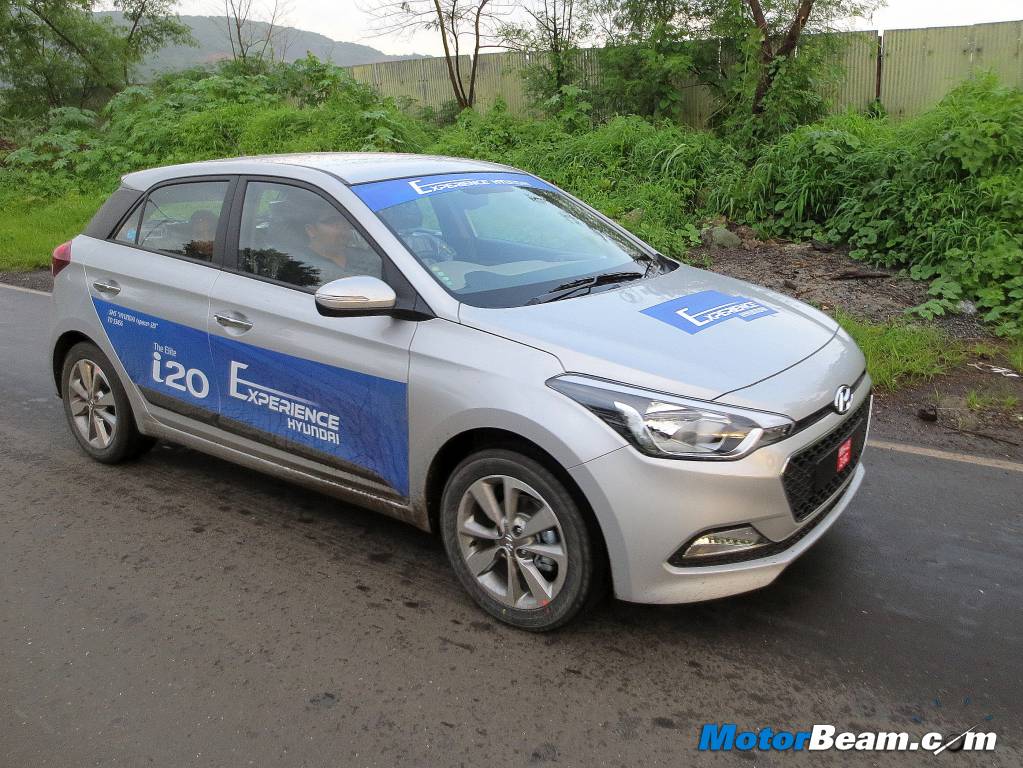
Performance – Hyundai has carried over the engines on the Elite i20 from the older model but the 1.4-litre petrol (which was paired to a 4-speed automatic gearbox) isn’t on offer currently. While the 1.2-litre petrol engine is average in terms of output and performance, the 1.4-litre U2 diesel mill is the real star of the package. The oil burner produces 90 PS of power and 220 Nm of torque which gives it swift performance, it is the only car coupled to a 6-speed gearbox in the segment. The diesel mill has a good mid-range punch and makes the i20 quite fun to drive too. However, unlike earlier, the output figures aren’t class leading as the new Polo 1.5 TDI produces more torque than the Hyundai. Still, the Elite i20 with the diesel mill has plenty of pep to give you more than adequate performance for both city and highways.
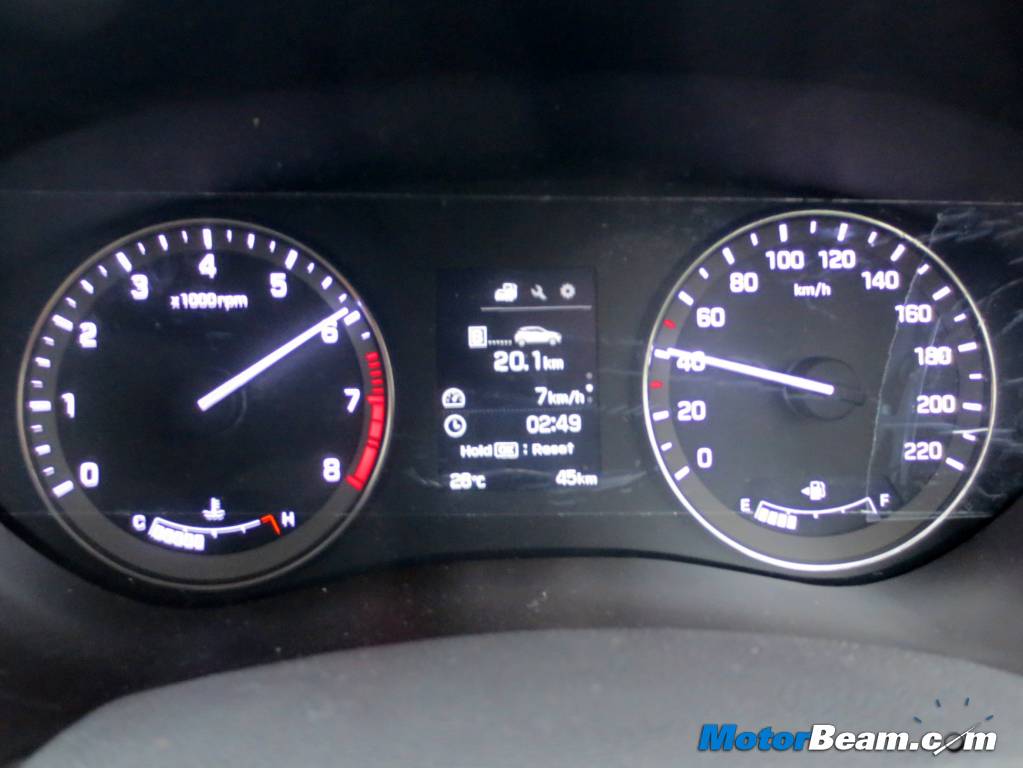
The petrol engine has just about average performance and you do have to keep it on the boil to get going quickly, more so if the car is loaded with passengers and/or luggage. There is no urgency shown by the Kappa mill which can take its own sweet time to respond to throttle inputs. Give it the full beans and still progress isn’t instant. It does have a decent mid-range but low-end and top-end are lacking and the mill runs out of breath at high revs. The i20 is one of the biggest hatchbacks in the market and really deserves more power in its petrol avatar. What is terrific in both versions is the NVH levels, both motors feel refined on the inside and insulation levels are fantastic too. Even the clutch is light and the gearbox is smooth which makes the vehicle effortless to drive. The mileage on both the engines has improved minutely too but we will wait to test the real world figures when we do a comprehensive road test.
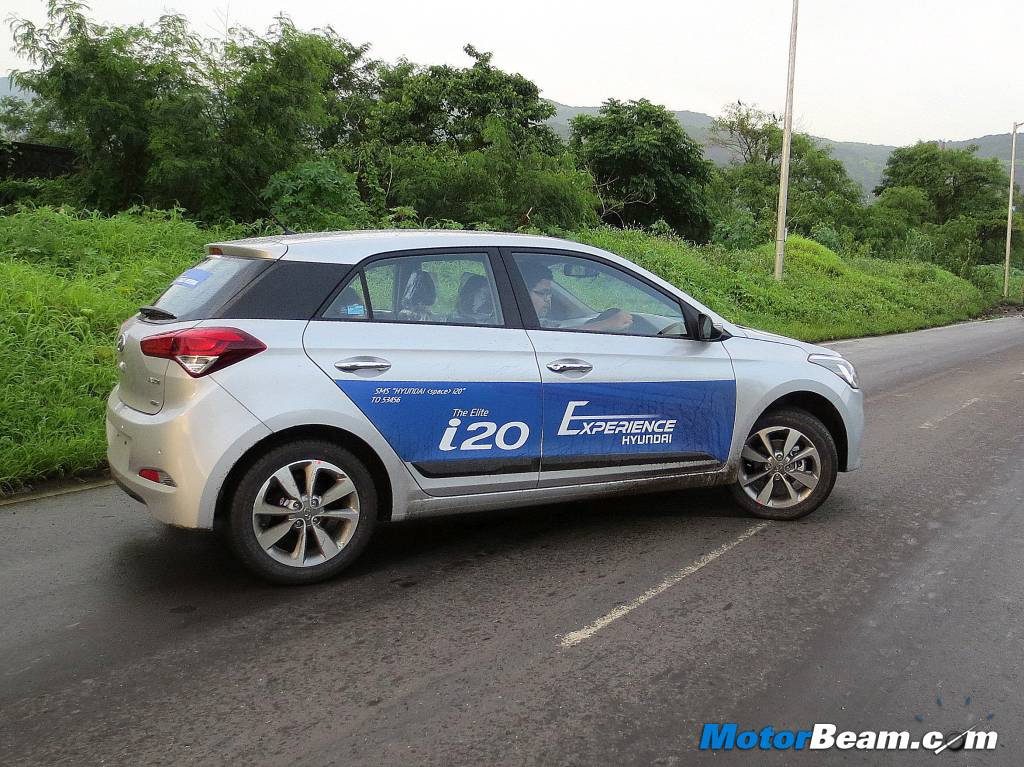
Driving Dynamics – Without doubt the biggest chink in the old i20’s armour were the driving dynamics. The first generation model was known to have poor handling which made frequent highway goers not consider it. Even the ride quality was nothing to talk about as the suspension was soft and the bounciness could be felt at speed. Due to the soft suspension and super light steering wheel, the old i20 did not even brake confidently. Hyundai has taken a massive leap with the Elite i20 as all the above issues have been completely ironed out. We are happy to report, the new i20 has a very mature ride and handling balance.
The Hyundai Elite i20 rides and handles way better than before, it feels surefooted and inspires confidence too
The suspension has been stiffened and there is a firmness in the way the new Hyundai i20 rides, it’s so much more pliant and composed even on the worst of roads. We took the car over really bad roads with huge crater potholes and it did not bounce even once. The 3-spoke steering wheel is smaller than before and also weighs up better, it isn’t very light at low speeds and does weigh up decently well as you drive faster. Body roll is well contained too and when we stomped hard on the brake pedal, there was no drama, the car stopped dead in its line without moving sideways. Still it isn’t as sharp a handler as say a Maruti Swift of a Volkswagen Polo but Hyundai has definitely done a splendid job in the ride and handling department, making the car so much composed that no one will complain about the driving dynamics anymore.
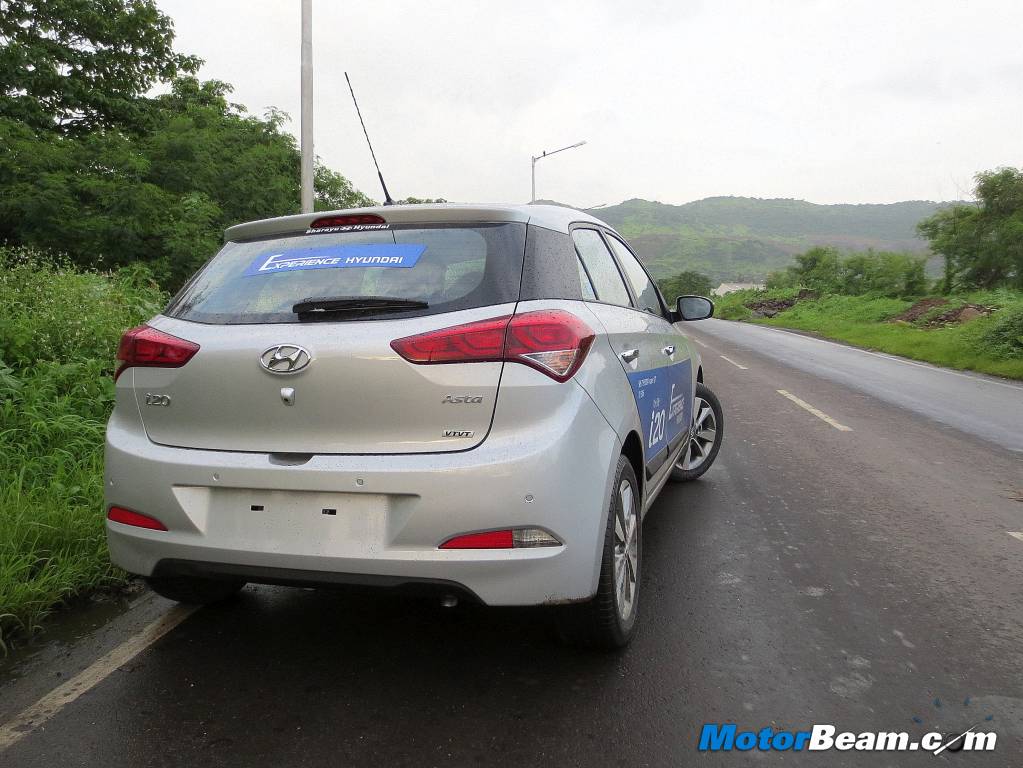
Verdict – The Hyundai i20 has been a massive success and the new model is only going to take the sales numbers higher. Taking a drastic leap in many departments, the new Elite i20 is definitely a big step over its predecessor. While the styling isn’t as eye-catchy as say a Fiat Punto Evo, it does appeal to a majority of people. The interiors have vastly improved and the equipment list easily shames other premium hatchbacks. While the performance remains largely the same, the way this car now rides and handles really deserves an applaud. Still not the segment benchmark in dynamics but the overall theme of comfort and surety is a definite plus. When you factor in the minor increase in price, you instantly realise that the Hyundai Elite i20 is a whole lot more car than the old one and that’s one proposition hard to resist.
The Hyundai Elite i20 is without doubt a massively improved car and crucially it drives so much better than before, instilling plenty of confidence to drive on the highways. The comfortable and roomier interiors with a load of equipment only make this vehicle an even better buy than before.
What’s Cool
* Much improved ride and handling
* Interior space and design
* Quality and equipment
* Not much costlier than before for an all new generation model
What’s Not So Cool
* Petrol engine lacks highway performance
* Some equipment present on last gen model not offered


